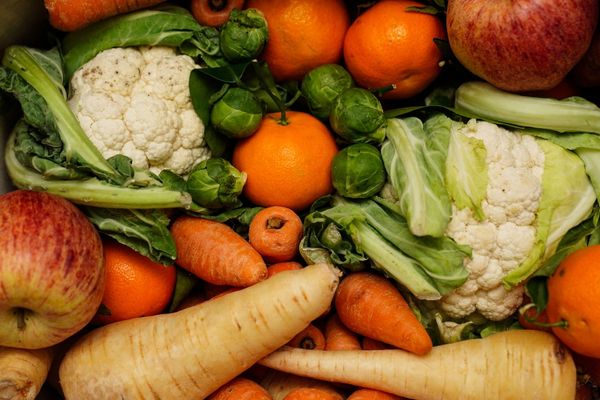
Americans are expressing frustration over the rising cost of food and are turning to President-elect Donald Trump for relief. During his campaign, Trump promised to address the soaring prices of essential items like bacon, cereal, and crackers. However, experts warn that the complex factors driving food price inflation, such as the pandemic, the Ukraine war, and avian flu, may not be easily resolved.
Recent government data shows that food prices for home consumption in the U.S. have increased by 28% since 2019, with a peak in 2022. Despite this, the rate of increase slowed to 2% between October 2023 and October 2024, lower than the overall inflation rate.
The high cost of groceries has been a significant concern for voters, with around 70% expressing worry about food prices. Trump garnered support from voters who were very concerned about grocery costs, with many backing his proposed measures, such as imposing tariffs on imported foods and deporting undocumented workers.
However, experts caution that such policies could potentially lead to further price hikes. For instance, tariffs on imported goods could raise production costs for food producers, resulting in higher prices for consumers. Additionally, deporting undocumented workers in the food industry may disrupt supply chains and drive up labor costs.
While Trump has suggested that lowering energy costs through increased oil and gas drilling could reduce food prices, experts note that energy expenses make up a small portion of food production costs. They emphasize that sustained decreases in grocery prices are challenging to achieve in the short term.
Despite voters' confidence in politicians' ability to lower food prices, economists stress that significant price reductions typically occur during prolonged economic downturns. They suggest that long-term strategies, such as promoting competition and investing in agricultural technology and infrastructure, may help mitigate food price inflation over time.
In conclusion, while Americans hope for relief from high grocery prices, experts emphasize the need for realistic expectations and sustainable solutions to address the underlying factors driving food price inflation.







